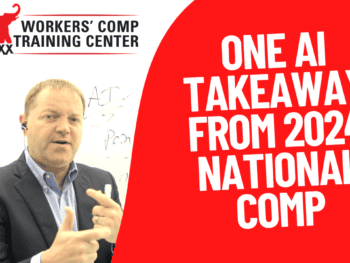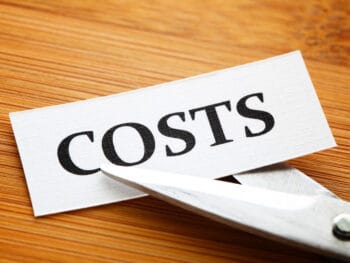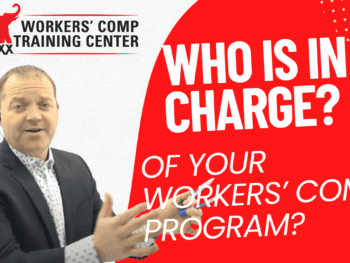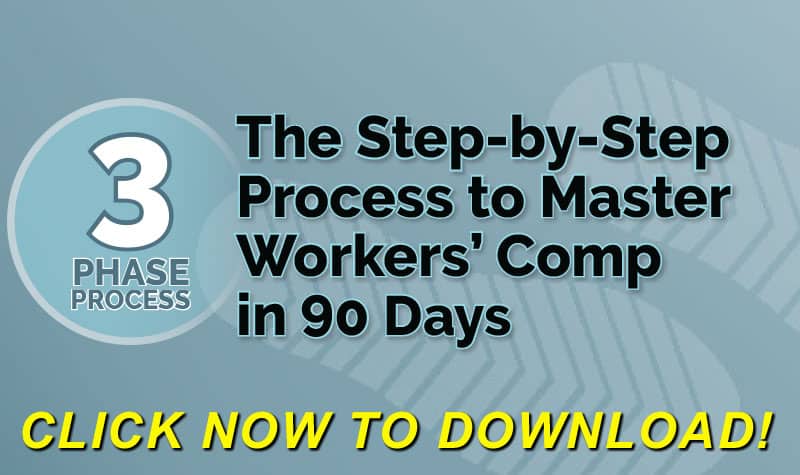
Coordinate Efforts with the Claim Team
The claim team is a vital ally for all interested stakeholders in reducing workers’ compensation program costs. Effective coordination starts with communication, which can result in the following:
- Better and more timely reporting of work injuries;
- Improvements in the information being exchanged, such as issues concerning primary liability and average weekly wage (AWW);
- Brainstorm on claim resolution and case closure.
Do not delay. Pick up the telephone to call the claim handler today.
3-Part Series Box
This post is one in a 5-part series:
- Part 1 of 5: Work Comp and the Grand Bargain- A Primer
- Part 2 of 5: Work Comp and the Grand Bargain – Understanding Work Comp Insurance
- Part 3 of 5: Work Comp and the Grand Bargain – Primary Liability and Compensability
- Part 4 of 5: Work Comp and the Grand Bargain – Tips for Stakeholders to Reduce Premiums & Costs
- Park 5 of 5: Work Comp and the Grand Bargain: Dealing with the Unexpected
Impactful Safety Training
The problem with safety training is that it often misses the mark and does not resonate with employees. There is also no buy-in from employer stakeholders. Increased work injuries result in excessive workers’ compensation program costs. Make the correct change today.
- Seek input from staff on the best format to exchange information on workplace safety;
- Consider offering training in common second languages if the workforce has members who have English as a second language; and
- Ask for employee feedback on safety training.
Safety training is necessary to reduce workers’ compensation claim frequencies and mitigate the severity of injuries. Now is the time to make safety training more effective.
Promote Timely Injury Reporting
Countless studies demonstrate that work injuries reported promptly have better results in returning the employee to work and reducing litigation. Effective work injury reporting requires cooperation between the employer, insurance carrier, and defense counsel.
- Employers can train all employees on how to report work injuries and the necessary information to provide in a report;
- Insurance carriers should encourage every work injury to be reported on an easy-to-use platform; and
- Defense counsel can educate everyone on the importance of injury reporting and how it impacts the chances of succeeding should the claim be placed into litigation.
All stakeholders have a role when it comes to injury reporting. Now is the time for everyone to take up the charge regarding timely injury reporting.
Think Outside the Box: Effective Return to Work
Getting the employee back to work starts immediately after the employee has been stabilized and received appropriate medical care following the injury. Never “go through the actions” when returning the employee to work.
- Employers can lead by creating a “Return to Work Coordinator” who liaises between management, defense interests, and the claim handler. Involve the employee directly if an attorney does not represent them.
- Explore new and creative options. This can include a “work on loan” setting or Ticket to Work for those eligible for Social Security Disability benefits.
- Avoid terminating the employee as [part of a settlement or resolution to the claim. Treating the employee like a number decreases workplace morale.
- Treat the employee as the “VIP” of the workers’ compensation claim – direct empathy and compassion.
Now is the time to think outside the box and seek creative and proactive solutions with your return to work efforts. Getting the employee back to work reduces workers’ compensation program expenses significantly.
FREE DOWNLOAD: “5 Critical Metrics To Measure Workers’ Comp Success”
Other Creative Solutions
Employers seeking to make a difference in their workers’ compensation programs can also consider the creation of Preferred Provider Organizations (PPOs). PPOs allow employers to direct medical care better and provide more efficient post-injury care and treatment. It also reduces the need for expensive and otherwise unnecessary referrals. Employees who feel their needs are being taken care of are less likely to seek the assistance of an attorney. This is another step that can be taken to reduce protracted and unnecessary litigation.
Conclusions
It is not just the claim handler who is responsible for reducing workers’ compensation program costs – all interested stakeholders need to be involved and carry out their roles. This includes attorneys representing the insureds and the insureds themselves. When all parties come together, they can coordinate efforts to drive claims toward settlement and prevent unnecessary litigation. This includes conducting a memorable safety course, timely injury reporting, and returning to work. The list is endless. Now is the time to get started.

Contact: mstack@reduceyourworkerscomp.com.
Workers’ Comp Roundup Blog: http://blog.reduceyourworkerscomp.com/
Injury Management Results (IMR) Software: https://imrsoftware.com/
©2024 Amaxx LLC. All rights reserved under International Copyright Law.
Do not use this information without independent verification. All state laws vary. You should consult with your insurance broker, attorney, or qualified professional.
FREE DOWNLOAD: “5 Critical Metrics To Measure Workers’ Comp Success”
















